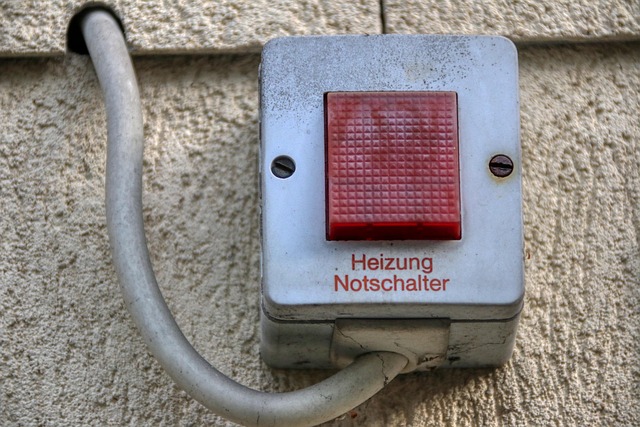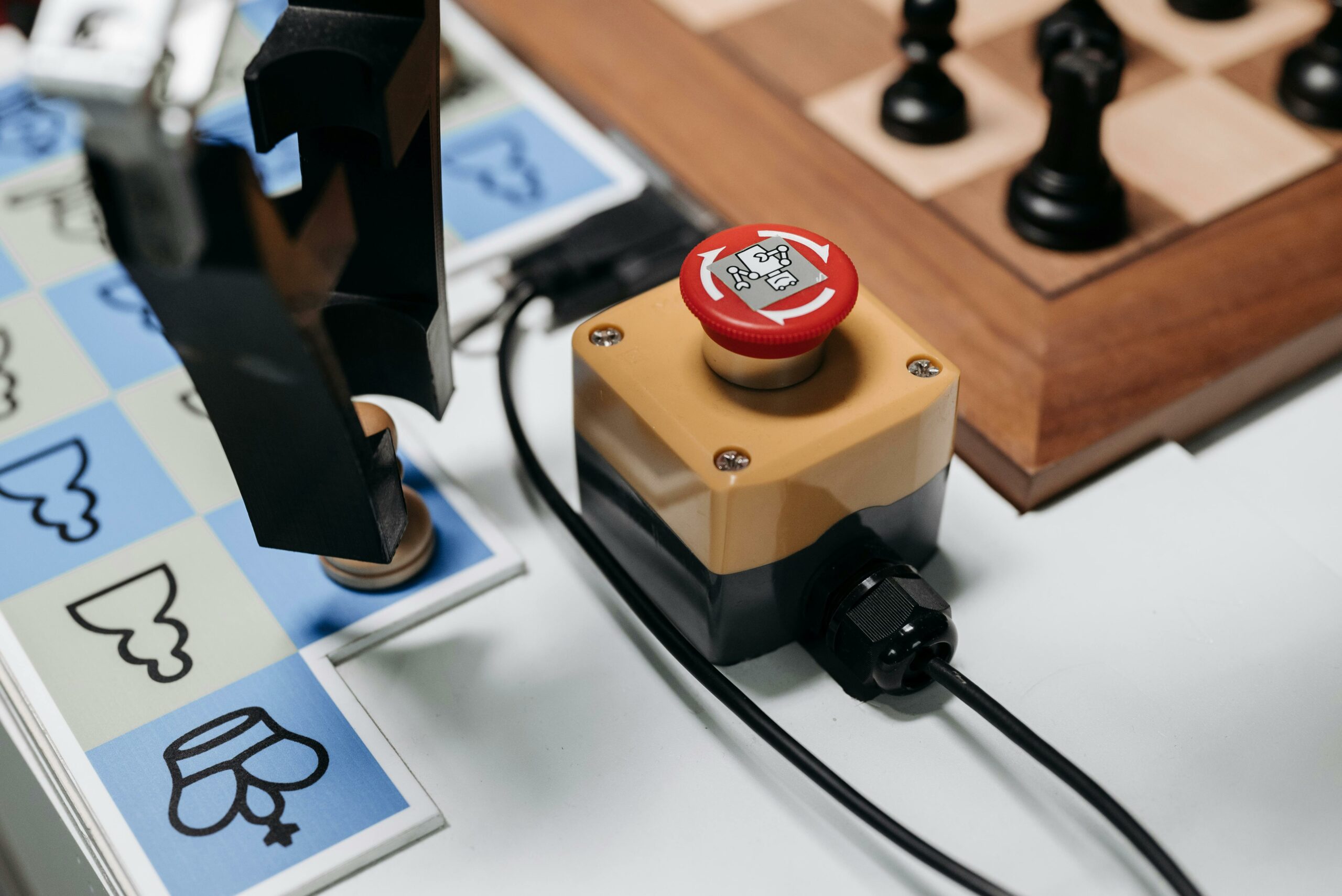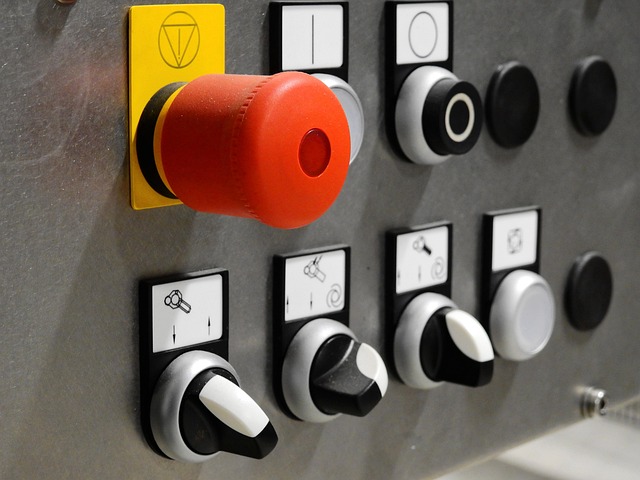In the electromechanical sector, industrial switches play a decisive role in safety, energy efficiency, and…

How to connect a simple switch, step by step?
Connecting a simple switch safely and efficiently is a task that can be tackled with the right tools and some basic knowledge. This article shows you how to connect a simple switch, step by step, following safety protocols and good electrical practices. This guide is intended for technicians, manufacturers, and electrical industry professionals looking to optimize their installation processes.
Materials and safety before connecting a simple switch
Before carrying out any electrical installation, it is essential to properly prepare the work environment and use the correct tools. Installing a simple switch, although basic, requires following strict safety standards to ensure safe handling and reliable installation, especially in industrial or mass-production environments. Below are the essential materials and precautions to take before beginning installation.
Basic Tools for Installing a Simple Switch
To carry out a clean and professional installation, M2B Technologies recommends having at least the following tools:
- Screwdrivers (flat-head and Phillips), preferably insulated.
- Wire strippers, to prepare the ends of the conductors without damaging them.
- Multimeter or voltage tester, essential for checking for voltage and differentiating between phase and neutral.
- Insulating tape and/or terminal blocks, depending on the installation type.
Power Cut and Circuit Check
Before handling any component, it is essential to always disconnect the power from the main panel. This basic step prevents electrical shock and protects the technician. These are the most important steps to follow:
- Identify the circuit corresponding to the light source or work area.
- Disconnect it and verify that the power is off with a multimeter.
- Tag or lock the switch in the electrical panel if necessary, especially in shared installations.
Safety Standards and Component Handling
In addition to cutting off the power, a series of recommendations must be followed:
- Work with insulating gloves if there is a possibility of residual voltage.
- Avoid damp or unstable areas. The environment must be dry, clean, and well-lit.
- Ensure the switch is in good condition, without cracks or loose contacts.
- Always use certified components, such as those we develop at M2B Technologies, with guarantees of durability, resistance, and regulatory compliance.
Phase and Return Connection: Recommended Practices
Once the work environment is secure, it’s time to correctly identify the wires and make the connection without errors. This step is key to ensuring the circuit is properly switched on and off. Steps for connecting a simple switch:
- Identify the phase, usually with a brown or black wire.
- Identify the return wire, which connects to the light source.
- Connect the phase to the switch’s input terminal.
- Connect the return wire to the output terminal.
- Secure the connections and secure the switch in the box.
- Reconnect the power and verify proper operation.
Connecting a simple switch is a task that, with the right approach, can be performed efficiently, safely, and professionally. At M2B Technologies, we support electrical manufacturers throughout the entire integration process of components such as switches and custom electrical assemblies, optimizing costs without sacrificing quality and leveraging the benefits of the switch. If you’d like to learn more about our products or collaborate with us, we invite you to contact us or follow our activity on social media.



